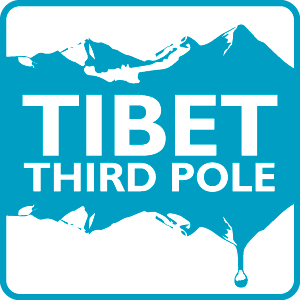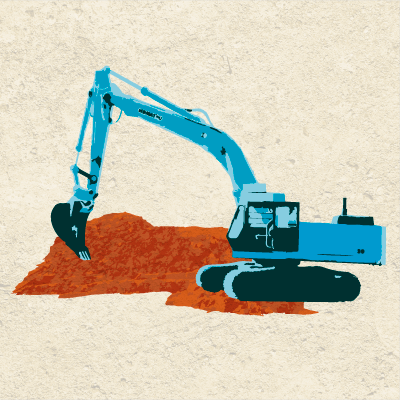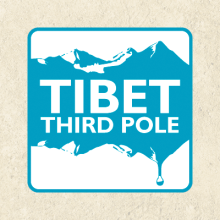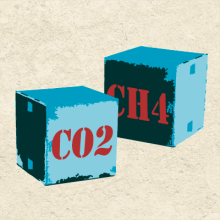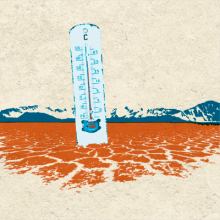From copper for transmission lines to lithium for mobile phone parts, Tibet holds immense stores of key minerals craved by the modern Chinese and global economies. Much like the Arctic, the Tibetan Plateau is a new frontier for fossil fuel extraction and China is investing in wide scale mining across the plateau with devastating environmental and social outcomes.
Until recently Tibet was protected by its remoteness, its vast mineral reserves largely beyond reach. Today this is changing, as the Chinese Government pours billions of Yuan into new infrastructure, opening up Tibet’s once inaccessible riches to industrial exploitation.
Tectonic changes in the Chinese and global economies make it hard to predict the pace and scale at which China will mine Tibet.
However, the consequences for the Tibetan people and environment are, in many cases, already severe. And concern is mounting about flow-on effects for the region. Tibet, as a consequence of its geology and formation, reportedly has 132 different types of mineral resources, including copper, gold, iron ore, aluminium, chromite, lithium, coal, crude oil, and natural gas.
China has long known that immense riches lie beneath Tibet’s mountains and plains. The Chinese name for Tibet – Xizang – translates roughly to “Western treasurehouse”.
However, large-scale mining in Tibet is a recent phenomenon. Tibet’s extreme geography has till now largely prevented resource-hungry China from extracting resources from the high plateau at significant scale and moving them the vast distances to where they might be used.
Read more about mining in part 3 of Australia Tibet Council’s new report.
